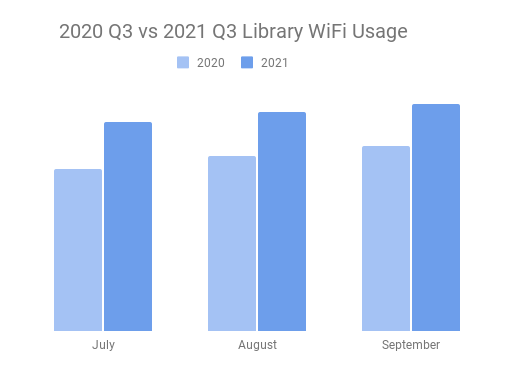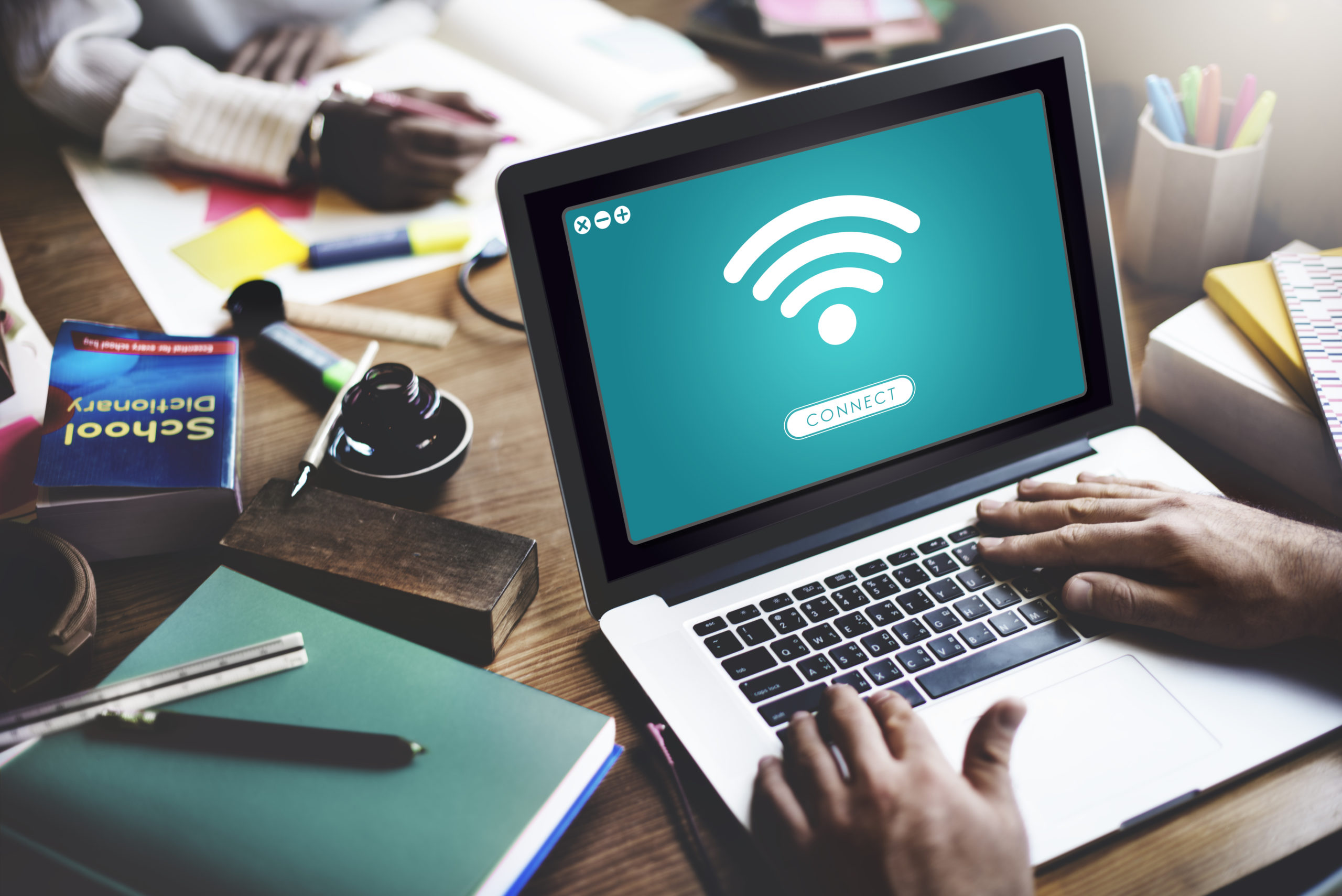Public Library Insights Q2 of 2022
The second quarter of the year saw the continued higher usage of WiFi among libraries of all population sizes. There was a steady, sustained increase for each of the months in the second quarter of the year. This resulted in a 31% increase when compared to the prior quarter of Q1 2022. This also resulted in a 93% increase when compared to the same quarter of the prior year, or Q2 of 2021. The same quarter prior year increase is particularly encouraging because it indicates that seasonality…
Library Automation Software For Small Libraries
Public libraries offer great value for communities of all sizes. There's no question that the services provided are needed, but libraries may struggle to account for the community impact they have. If you’re looking for clarity on how many patrons use your services, or proving the value of the connection your library brings, you could benefit from library automation software for small libraries. How can Library Automation Software Help My Library? Simply put, library automation software can…
Public Library Insights Q1 of 2022
The first quarter of the year saw broad based increases in WiFi usage among all population sizes. In previous quarters, rural population areas had an increase in usage much sooner than urban areas. Then over time we saw urban areas begin to catch up with rural areas on a percentage basis. This is the first quarter since the pandemic began that WiFi usage rates for all population areas experienced continued increases. This could be attributed to a variety of things and events that coincide with…
2021 Annual Analysis of Public Library WiFi Usage
WhoFi analyzed data from our library partners to identify WiFi usage trends. This report includes our findings for 2021. Public Library Insights for 2021 When analyzing WiFi insights data and looking for usage trends over the past year, we’ve identified clear fluctuations in use that seem to correlate with particular service areas, important timelines in the pandemic, and/or library outreach efforts. As we look at the data for 2021, there are some interesting changes to these numbers, along…
How Community Calendar Helped Lola
Lola DeWall is the library director for Pocahontas Public Library. The pandemic transformed the way her library, like many across the country, offered programming. Before March 2020, Pocahontas Public Library offered in-person programming and got by using old methods of tracking attendance like hand tallying on paper. That method of tracking program attendance was already arduous and time consuming, and with all of the upheaval the pandemic caused, it quickly became very difficult to keep up.…
Community Calendar Makes Library Program Planning Easy
Libraries across the country are adapting to the digital age with more online programming and digital resources available for patrons. This growth can make it complicated to plan, track and manage programs in various formats and on various platforms. While libraries advance and grow their programs, the way they account for attendance is stuck in the past. Hand tallying and paper trails are cumbersome and time consuming. There’s a better way! At WhoFi, we want to make your job easier by…
Public Library Insights Q3 2021
When analyzing WiFi insights data and looking for usage trends over the past year, we’ve identified clear fluctuations in use that seem to correlate with particular service areas, important timelines in the pandemic, and/or library outreach efforts. As we look at the data for Q3, there are some interesting changes to these numbers, along with a steady increase in WiFi usage across service areas. The COVID-19 pandemic certainly brought about many changes in the way patrons interact with their…
Program Planning For Public Libraries In The Digital Age
As more programs move outside of the library or on a virtual platform, libraries are struggling to find ways to account for program attendance. A hodgepodge of meeting room scheduling software, excel spreadsheets and manual tabulations just isn’t meeting the needs of the modern library in the digital age. Libraries are seeing program attendance that’s higher than it’s ever been because online platforms can make programs available to more people, since there’s no space or time restrictions like…
Public Libraries Solution To Meeting New PLS Survey Reporting Requirements
The COVID-19 pandemic transformed the way libraries offer programming, with more programs being made available online. With this change also came changes in reporting requirements related to programs. This year libraries will be required to submit additional information about program attendance for the PLS survey. Libraries will need a way to fulfill the upcoming PLS survey requirements that include programming type (in-person, online, or both), attendance numbers, and categories. You may…
How Libraries Can Keep Loaner Devices Safe With The New Emergency Connectivity Fund Program
In an effort to bridge the digital divide, part of the American Rescue Plan Act (ARPA) of 2021 includes $7.17 billion for the Emergency Connectivity Fund (ECF) program. This program provides funding for public and tribal libraries and K-12 schools to purchase devices like hotspots and laptops for use away from library and school grounds. The ECF presents an extraordinary and unprecedented funding opportunity for libraries to expand broadband equity to those who need it most beyond the confines…









